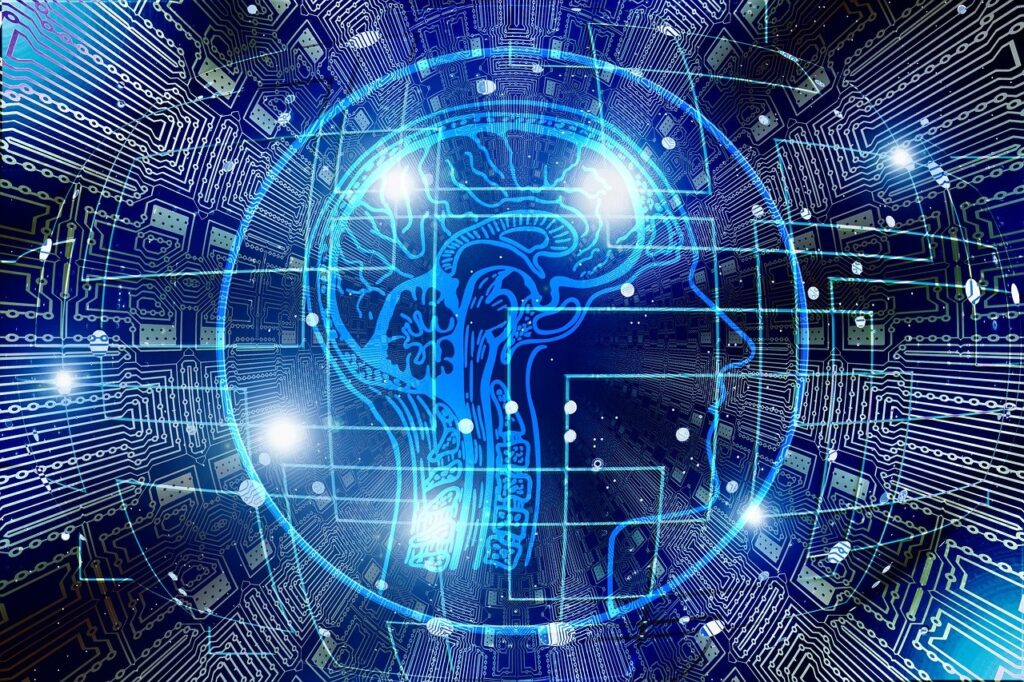Exploring Technology: Definition, Types, Pros, Cons
Introduction to Technology
Technology has become an integral part of modern society, influencing nearly every aspect of human life. At its core, technology encompasses the operation of scientific knowledge and inventions to break practical problems and ameliorate effectiveness. From the invention of the wheel to the development of advanced artificial intelligence systems, technology has continually evolved, reshaping the way we live, work, and interact with the world around us.
In today’s digital age, the term “technology” often conjures images of smartphones, computers, and the internet. However, technology encompasses a broader spectrum, ranging from simple tools to complex systems. It plays a crucial role in various fields, including communication, healthcare, transportation, education, and entertainment.
Types of Technology
Technology can be classified into different types based on its application and functionality. Some of the prominent types of technology include:
Information Technology( IT)
Information technology involves the use of computers, software, and telecommunications outfits to store, recoup, transmit, and manipulate data. It encompasses various technologies, including computer networks, databases, and cybersecurity systems.
Biotechnology:
Biotechnology utilizes biological systems, organisms, or derivatives to develop products and applications to improve human health, agriculture, and the environment. It includes fields such as genetic engineering, pharmaceuticals, and agricultural biotechnology.
Nanotechnology:
Nanotechnology involves the manipulation of matter at the atomic and molecular scale to create new materials, devices, and systems with unique properties and applications. It holds promise in areas such as electronics, medicine, energy, and environmental remediation.
Communication Technology:
Communication technology encompasses technologies that facilitate the transmission of information and data over long distances. This includes telecommunications systems, satellite networks, and internet infrastructure.
Green Technology:
Green technology, also known as clean technology, focuses on developing sustainable solutions to environmental challenges. It includes renewable energy technologies, waste management systems, and eco-friendly manufacturing processes.
Forms of Technology in the Pre-Medieval Period
Technology has been a driving force behind human progress since ancient times. Even before the advent of written history, early civilizations developed various forms of technology to meet their needs and overcome challenges. From the invention of simple tools like the wheel and agricultural implements to the construction of monumental structures like the pyramids, pre-medieval societies relied on technology to survive and thrive.
In ancient Mesopotamia, for example, the invention of the wheel revolutionized transportation and trade, facilitating the movement of goods and people across vast distances. Similarly, the development of irrigation systems enabled communities to harness the power of water for agriculture, leading to the growth of urban centers and the emergence of complex societies.
The invention of writing systems, such as cuneiform and hieroglyphics, marked a significant technological advancement, allowing humans to record and transmit knowledge across generations. These early forms of technology laid the foundation for future innovations and paved the way for the modern world.
The Pros and Cons of Technology
While technology has brought about numerous benefits and advancements, it also comes with its share of drawbacks and challenges. It is essential to consider both the positive and negative aspects of technology to make informed decisions about its use and impact on society.
Pros:
- Facilitation of Communication and Connectivity: Technology has revolutionized communication, making it easier and faster to connect with people around the world. Social media platforms, email, and instant messaging have transformed the way we interact and share information.
- Efficiency and Automation: Technology has automated many tedious and time-consuming tasks, improving efficiency and productivity in various industries. From manufacturing and logistics to healthcare and finance, automation has streamlined processes and reduced human error.
- Advancements in Healthcare, Education, and Research: Technology has revolutionized healthcare, enabling medical professionals to diagnose diseases, treat patients, and conduct research more effectively. Similarly, technology has transformed education, providing students and educators with access to a wealth of information and resources.
- Enhanced Convenience and Accessibility of Information: The internet has democratized access to information, allowing people from all walks of life to learn, explore, and stay informed on a wide range of topics. Online platforms and digital libraries provide instant access to books, articles, and educational materials.
Cons:
- Dependency and Addiction: With the proliferation of smartphones, tablets, and computers, many people have become increasingly dependent on technology for entertainment, communication, and work. This dependency can lead to addiction and have adverse effects on mental health and well-being.
- Privacy Concerns and Data Breaches: The widespread use of technology has raised concerns about privacy and data security. Hackers and cybercriminals exploit vulnerabilities in software and networks to steal sensitive information and perpetrate cyberattacks, posing a significant threat to individuals and organizations.
- Job Displacement and Economic Inequality: Automation and artificial intelligence have displaced jobs in many industries, leaving millions of workers unemployed or underemployed. Moreover, technological advancements have widened the gap between the rich and the poor, exacerbating economic inequality and social unrest.
- Environmental Impact and Sustainability Challenges: The production and disposal of electronic devices contribute to environmental pollution and resource depletion. Moreover, the growing demand for energy to power technology infrastructure has led to increased carbon emissions and climate change.
What Does Technology Mean for the Future?
As technology continues to advance at an unprecedented pace, it holds the promise of solving some of humanity’s most pressing challenges while also posing new risks and uncertainties. From the development of renewable energy sources and sustainable transportation systems to the exploration of space and the enhancement of human intelligence, the possibilities are endless.
However, the rapid pace of technological change also raises ethical, social, and environmental concerns that must be addressed. Issues such as data privacy, algorithmic bias, job displacement, and environmental degradation require thoughtful consideration and proactive solutions.
The future of technology will be shaped by collective efforts to harness its potential for the greater good while mitigating its negative consequences. By promoting innovation, fostering collaboration, and upholding ethical standards, we can ensure that technology serves humanity’s best interests and contributes to a more equitable and sustainable future.
For more information visit this site: https://study.com/academy/lesson/what-is-technology-definition-types.html
For more articles visit this site: https://www.thefuntech.com/blog-posts/

